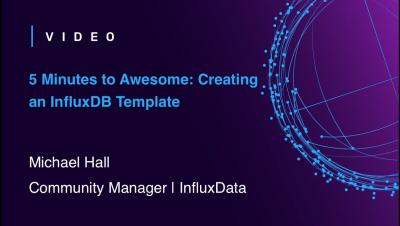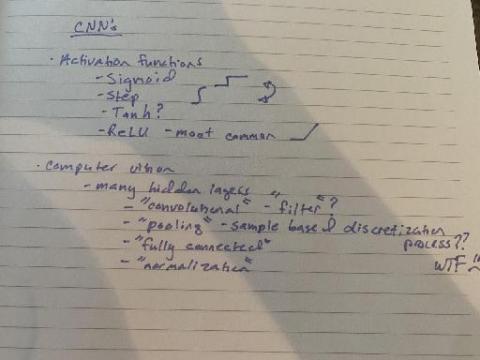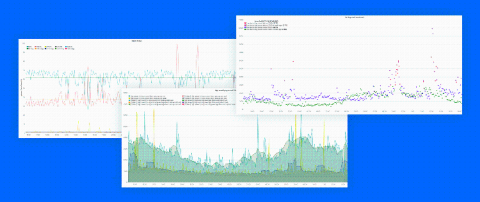Operations | Monitoring | ITSM | DevOps | Cloud
Analytics
Micro Lesson: Administering Policies
5 Minutes to Awesome: Creating an InfluxDB Template
WTF is a Convolutional Neural Network?
If you are a software engineer, there's a good chance that deep learning will inevitably become part of your job in the future. Even if you're not building the models that directly use CNNs, you might have to collaborate with data scientists or help business partners better understand what is going on under the hood. In this article, Julie Kent dives into the world of convolutional neural networks and explains it all in a not-so-scary way.
Centralizing infrastructure metrics and planning for scale with the Elastic Stack
This post is the second in our series on system metrics where we cover: In the previous post, we went through some built-in tools and methods for identifying key metrics and values on your systems. In this post, we'll provide a tutorial on how to use Metricbeat to consolidate metrics, store and analyze them in the long term, and discuss some of the benefits of a centralized metric store.
Profiling "VIP Accounts" Part 2
InfluxDB Cloud Now Beta on Azure
InfluxDB Cloud is now beta on Microsoft Azure and we’d like you to try it out so we can work to make sure it’s ready for general availability (GA). If you’re already familiar with InfluxDB, head over to cloud2.influxdata.com to sign up for your free account. And if you’re not, read on for how to get started.
Tracking and Visualizing COVID-19 with the Elastic Stack
Collaboration, Remote Work and Data Security
Advanced Guide to Kibana Timelion
Kibana Timelion is a time-series based visualization language that enables you to analyze time-series data in a more flexible way. compared to other visualization types that Kibana offers. Instead of using a visual editor to create visualizations, Timelion uses a combination of chained functions, with a unique syntax, to depict any visualization, as complex as it may be.











